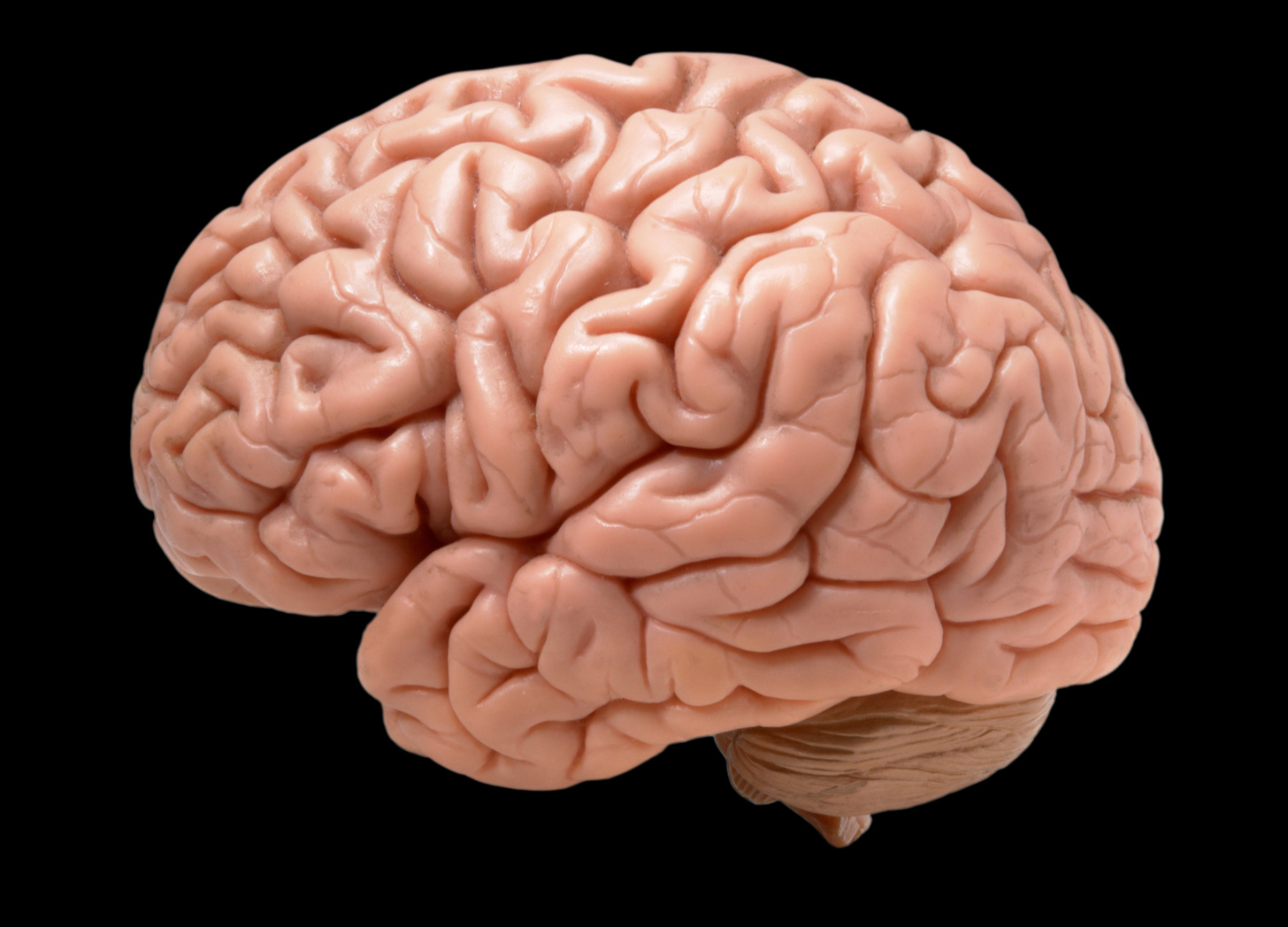Have you ever found yourself so engrossed in a story that the world around you seemed to disappear? Sounds, smells, and even the room around you fade away, leaving a completely different reality.
This phenomenon is called narrative transportation, and its power extends far beyond the book in your hands.
What is Narrative Transportation?
Narrative transportation is the experience of being so immersed in a story that you feel as though you've been transported into the narrative world itself, becoming deeply invested in the characters and their experiences, feeling their emotions, rooting for their success, and even thinking about them long after you've finished the story.
The concept of narrative transportation was first introduced by social psychologists Melanie Green and Timothy Brock in their seminal work, "The Role of Transportation in the Persuasiveness of Public Narratives." They proposed that when individuals become fully immersed in a narrative world, their attitudes and beliefs can be influenced by the story's messages and themes.
As someone who’s looking to capture the viewers attention in video content, narrative transportation is always on my mind. If I’m unable to get the viewer to see things from my perspective, they won’t finish the video, and are highly unlikely to return.
So, how do you pull it off?
How Does Narrative Transportation Work?
First and foremost, you need to have a well-crafted story with a clear beginning, middle, and end. This helps to guide both readers and viewers through the narrative world, keeping them engaged and motivated to continue reading or watching.
Secondly, relatable and nuanced characters are essential for fostering emotional connections. When readers can see themselves in the characters or empathize with their struggles and victories, they become more invested in the story. Richly developed, multidimensional characters with distinct personalities and flaws provide ample opportunities for readers to form attachments and care about what happens to them.
This is true for online video content as well, although the character becomes the narrator in this case.
When I’m teaching in the classroom or online, my goal is to grasp the students attention by transporting them into my perspective. My knowledge becomes their knowledge, even if it’s only temporary. If I’ve done my job correctly, the story will have made sense from beginning to end, even if it was filled with concepts and information far outside the students wheelhouse.
And lastly, bringing the full spectrum of senses into the story helps to create a vivid and believable narrative world. Descriptive language is powerful, and can make the story feel real and tangible, or if improperly done, take the viewer out of the experience entirely. When you can picture the settings, hear the sounds, and even smell the aromas described in a story, you're more likely to feel transported into that world.
So, how is this happening? To answer that, it’s time to get nerdy and dip our toes into the world of neuroscience.
The Default Mode Network
Thanks to some amazing developments in brain scanning technology, scientists have a front-row seat to the mind's activity during those immersive moments of narrative transportation.
By using tools like fMRI, which essentially takes snapshots of the brain in action, researchers have pinpointed a few key areas and networks that consistently light up when people are transported by a story.
Studies have shown that stories aren’t just a passive experience, but an active one involving multiple regions working together to create that sense of being fully absorbed in the narrative world.12
One of the most prominent findings is the activation of the Default Mode Network (DMN), which is involved in:
Self-referential thought
Refers to traits and descriptions of oneself
Mentalizing
Understanding the mental processes of ourselves and others
Constructive Simulation
The brain's ability to mentally construct and simulate hypothetical or fictional scenarios
Basically, increased activity in the DMN suggests that readers are actively projecting themselves into the story world, simulating characters' experiences and emotions as if they were their own.
The Brain’s Attention Networks and Emotion
At the exact same time this is happening, brain networks devoted to attention are able to direct focus towards the story and filter out external distractions, letting the real world around you melt away. 34
As you engage with the sensory details and imagery of the story, relevant sensory cortices in your brain become activated.5
Descriptions of visual scenes may evoke activity in the occipital cortex, while emotional passages may elicit responses in the amygdala, insula, and other limbic regions involved in emotional processing.6 Descriptions of sounds, smells, and even tastes can cause brain activity to increase, furthering your sense of immersion.
Broca’s Area and the Prefrontal Cortex
The brain's language networks, including Broca's area and Wernicke's area, process the linguistic content of the story, giving it coherence and meaning.7
These areas work together with higher-order association areas, integrating the various elements of the story into a unified, immersive experience.8
Importantly, narrative transportation has been shown to influence attitudes, beliefs, and even behavior, suggesting a role of the prefrontal cortex in evaluating and integrating the story's message with existing knowledge and values.9
Bascially, the most evolved part of our brain takes the characters attitudes, beliefs, and behaviors, and integrates them with our own.
Stop and Smell the Roses
Put simply, stories have the power to persuade and convince. Stories open us up to new perspectives, emotions, and ideas. We forge connections with characters, both real and fictional, giving experiences that can leave a lasting impact on our lives.
As research continues to unravel the psychological, linguistic, and even political dimensions of narrative transportation, one thing remains clear: the magic of storytelling lies in its ability to transport us beyond the boundaries of our own reality and into the rich, vivid worlds of the imagination.
So the next time you find yourself lost in a captivating story, feel free to stop and smell the roses.
Default Mode Network (DMN) activation during narrative immersion:
Mar, R. A. (2011). The neural bases of social cognition and story comprehension. Annual Review of Psychology, 62, 103-134. https://doi.org/10.1146/annurev-psych-120709-145406
Yarkoni, T., Speer, N. K., & Zacks, J. M. (2008). Neural substrates of narrative comprehension and memory. NeuroImage, 41(4), 1408-1425. https://doi.org/10.1016/j.neuroimage.2008.03.062
DMN's role in self-referential thought, mentalizing, and constructive simulation:
Buckner, R. L., Andrews-Hanna, J. R., & Schacter, D. L. (2008). The brain's default network: Anatomy, function, and relevance to disease. Annals of the New York Academy of Sciences, 1124(1), 1-38. https://doi.org/10.1196/annals.1440.011
Spreng, R. N., Mar, R. A., & Kim, A. S. (2009). The common neural basis of autobiographical memory, prospection, navigation, theory of mind, and the default mode: A quantitative meta-analysis. Journal of Cognitive Neuroscience, 21(3), 489-510. https://doi.org/10.1162/jocn.2008.21029
Attentional networks (DAN and VAN) and their role in narrative transportation:
Corbetta, M., & Shulman, G. L. (2002). Control of goal-directed and stimulus-driven attention in the brain. Nature Reviews Neuroscience, 3(3), 201-215. https://doi.org/10.1038/nrn755
Smallwood, J., Brown, K., Baird, B., & Schooler, J. W. (2012). Cooperation between the default mode network and the frontal-parietal network in the production of an internal train of thought. Brain Research, 1428, 60-70. https://doi.org/10.1016/j.brainres.2011.03.072
Dynamic interplay between attentional networks and its role in maintaining focus and facilitating immersion:
Fox, M. D., Corbetta, M., Snyder, A. Z., Vincent, J. L., & Raichle, M. E. (2006). Spontaneous neuronal activity distinguishes human dorsal and ventral attention systems. Proceedings of the National Academy of Sciences, 103(26), 10046-10051. https://doi.org/10.1073/pnas.0604187103
Menon, V. (2011). Large-scale brain networks and psychopathology: A unifying triple network model. Trends in Cognitive Sciences, 15(10), 483-506. https://doi.org/10.1016/j.tics.2011.08.003
Activation of sensory cortices during narrative engagement:
Gonzalez-Liencres, C., Shamay-Tsoory, S. G., & Brüne, M. (2013). Towards a neuroscience of empathy: Ontogeny, phylogeny, brain mechanisms, context and psychopathology. Neuroscience & Biobehavioral Reviews, 37(8), 1537-1548. https://doi.org/10.1016/j.neubiorev.2013.05.001
Speer, N. K., Reynolds, J. R., Swallow, K. M., & Zacks, J. M. (2009). Reading stories activates neural representations of visual and motor experiences. Psychological Science, 20(8), 989-999. https://doi.org/10.1111/j.1467-9280.2009.02397.x
Emotional processing regions (amygdala, insula) and their involvement in narrative transportation:
Mar, R. A. (2011). The neural bases of social cognition and story comprehension. Annual Review of Psychology, 62, 103-134. https://doi.org/10.1146/annurev-psych-120709-145406
Hsu, C. T., Conrad, M., & Jacobs, A. M. (2014). Fiction feelings in Harry Potter: Haemodynamic response in the mid-cingulate cortex correlates with immersive reading experience. NeuroReport, 25(17), 1356-1361. https://doi.org/10.1097/WNR.0000000000000272
Language networks (Broca's area, Wernicke's area) and their role in processing linguistic content and constructing narrative representations:
Friederici, A. D. (2011). The brain basis of language processing: From structure to function. Physiological Reviews, 91(4), 1357-1392. https://doi.org/10.1152/physrev.00006.2011
Ferstl, E. C., Neumann, J., Bogler, C., & Von Cramon, D. Y. (2008). The extended language network: A meta‐analysis of neuroimaging studies on text comprehension. Human Brain Mapping, 29(5), 581-593. https://doi.org/10.1002/hbm.20422
Higher-order association areas (angular gyrus, temporal poles) and their role in integrating narrative elements:
Binder, J. R., Desai, R. H., Graves, W. W., & Conant, L. L. (2009). Where is the semantic system? A critical review and meta-analysis of 120 functional neuroimaging studies. Cerebral Cortex, 19(12), 2767-2796. https://doi.org/10.1093/cercor/bhp055
Mar, R. A. (2004). The neuropsychology of narrative: Story comprehension, story production and their interrelation. Neuropsychologia, 42(10), 1414-1434. https://doi.org/10.1016/j.neuropsychologia.2003.12.016
Prefrontal cortex involvement in evaluating and integrating story content, and decreased activity in regions associated with critical thinking (e.g., dlPFC) during narrative transportation:
Altmann, U., Bohrn, I. C., Lubrich, O., Menninghaus, W., & Jacobs, A. M. (2014). Fact vs fiction—How paratextual information shapes our reading processes. Social Cognitive and Affective Neuroscience, 9(1), 22-29. https://doi.org/10.1093/scan/nss098
Green, M. C., & Brock, T. C. (2000). The role of transportation in the persuasiveness of public narratives. Journal of Personality and Social Psychology, 79(5), 701-721. https://doi.org/10.1037//0022-3514.79.5.701










Nice. Sources!